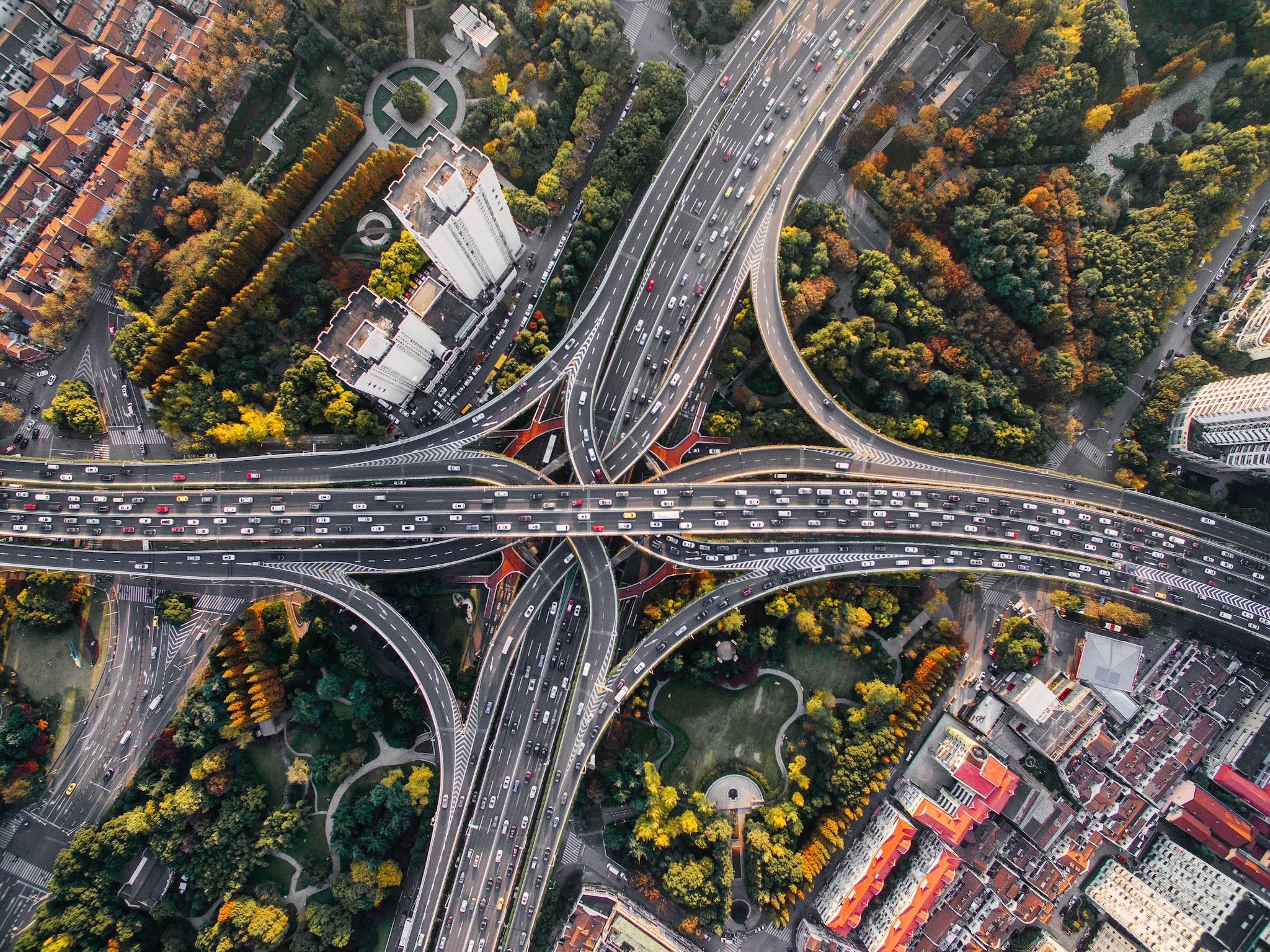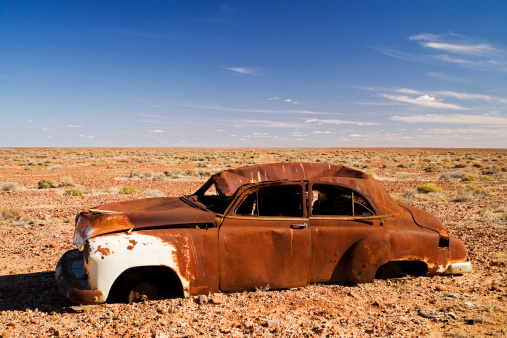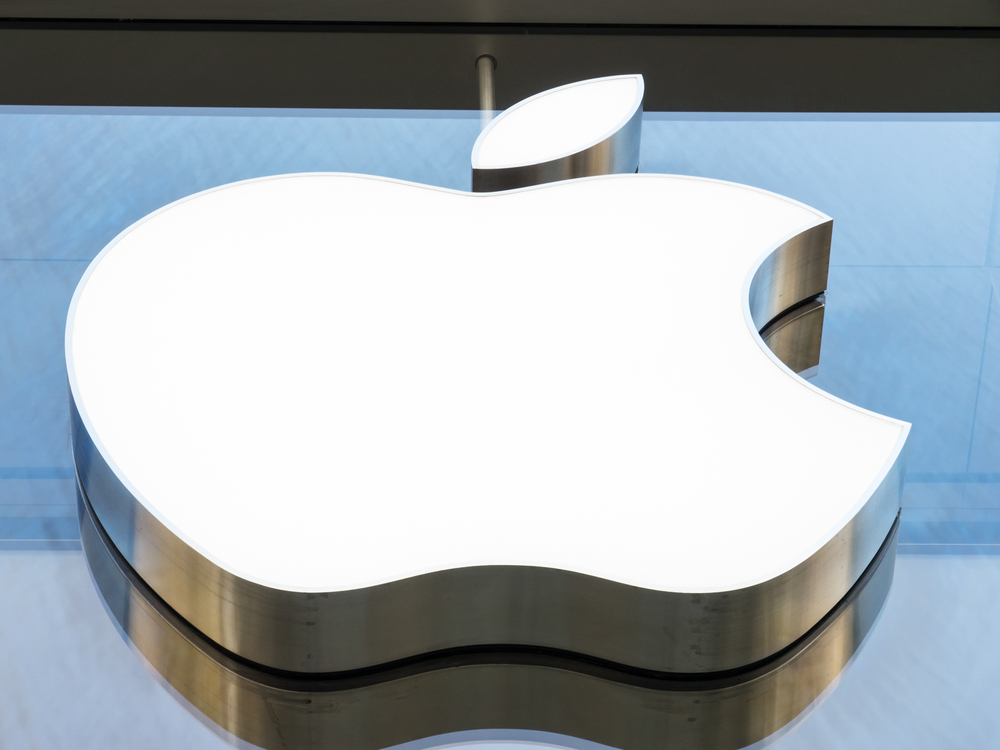Millennial Apathy: Helping Us Drive Cheaper, Automated Cars

The driverless car is today’s hot tech topic. Never has there been so much excitement for something not yet available. While the potential of robotics combined with deep machine learning are powering the driverless car’s development, are there other factors contributing to its market potential? The plague of congestion and the push for safety are certainly making driverless or robotic cars more attractive to both policy makers and the public. However, the mobility related attitudes and lifestyles of the next generation of transportation consumers—the Millennials—may be as important to the development of driverless cars as the software and algorithms that control them.
For nearly a century the United States has developed what some have called an automobile culture. More than providing transportation, the automobile enabled its own landscape from shopping malls with acres of parking, drive-in movies, and restaurants, to the very suburbs where both the drivers and cars comfortably reside.
Car culture also enabled ‘new’ transportation rituals. Consider a few that contribute to everyday experience as well as ones that are only memories for some—the morning commute, the Sunday drive, and even dating and the related infamous meaning of the ‘backseat.’ For young people, the car was a ticket to freedom. Adulthood was not just marked by birthdays, but rather when you were eligible for driver’s education, a driver’s permit, a driver’s license, and the ‘first’ car.
However, America’s car culture is changing. Compared to their Gen X and Boomer parents, the Millennials may be developing a new and different relationship with the car. The rush for a driver’s license has apparently lost its traditional urgency. According to one study, there has been a 47% drop in 16-year olds with driver’s licenses and a 16% drop in licenses among 20-24 year olds since the 1980s. Even among older Millennials, ages 30-34, there has been a drop of 10% in those with licenses compared with the same age group 30 years ago.
Does this mean that the Millennials have fallen out of love with automobility? Not necessarily. Instead they may have found other ways to achieve what they want without a car. For young Boomers and many Gen X’ers the car was critical to access—access to places, friends, and activities. Today, access by app is an alternative. Having face time with a friend no longer means borrowing mom and dad’s car keys to go for a visit when there is wifi available. From video games to young romance, online alternatives make ‘being there physically’ less urgent.
Even if you have a driver’s license, owning a car is expensive. The car is typically the second most expensive asset after buying a home. With Millennials graduating with an average of $35,000 in college debt, the desire (and ability) to buy a car may be less attractive. Moreover, the car as a symbol of cool may be less compelling than how smart your more affordable smartphone may be.
Moreover, driving in increasingly congested conditions is becoming less fun and apparently less healthy. In addition to the frustration of lost hours trapped in highway congestion, the Gallup-Healthways Well-Being Index indicates that the morning commute may lead to lower levels of overall wellbeing and higher levels of cholesterol and body mass index. Personal health impacts combined with a greater concern for the environment are making the cost of the car far higher than simply the price of purchase and operation.
While the car may be expensive, and perhaps less fun, mobility is still critical to everyday activities. On-demand services such as Uber and Lyft, and car sharing services such as Zipcar, provide the mobility needed by many without the hassle of driving, parking, and maintaining a car. A significant number of Millennials are choosing to live in more urbanized areas, making these services, and other alternatives to the car, more attractive. Living, working, and playing where walking, biking, and public transportation are easy and accessible makes automobile use a hassle, not an alternative.
So what do these changes in behavior and preferences have to do with the Millennials and driverless cars? The most profound transition of the car may be less about the car being driverless, but rather more about Millennials’ redefinition of the car from being a powerful emotional symbol intertwined with life and life stage into a simple, but important, utility. The car’s change from emotive symbol to utility has its own profound set of industry and policy implications.
Will Millennial consumers want to make a “utility” their second largest expense after housing? Will future consumers even want to buy a car—driverless or not? While the driverless car may be safer and make ‘driving’ in traffic less aggravating, by definition it also eliminates traditional purchasing values such as vehicle performance and driver control. Similar to electricity, water, or wifi, Millennials and future consumers may only want a car on demand for a simple predictable fee. This may move the car from hallowed premium purchase to one more of a commoditized service on demand by app. The driverless car is likely to have an impact on how the Millennials live and move tomorrow—however, their changing values, attitudes, and emerging lifestyles may dramatically shape the future of the automobile industry and how the car itself is accessed and used.





